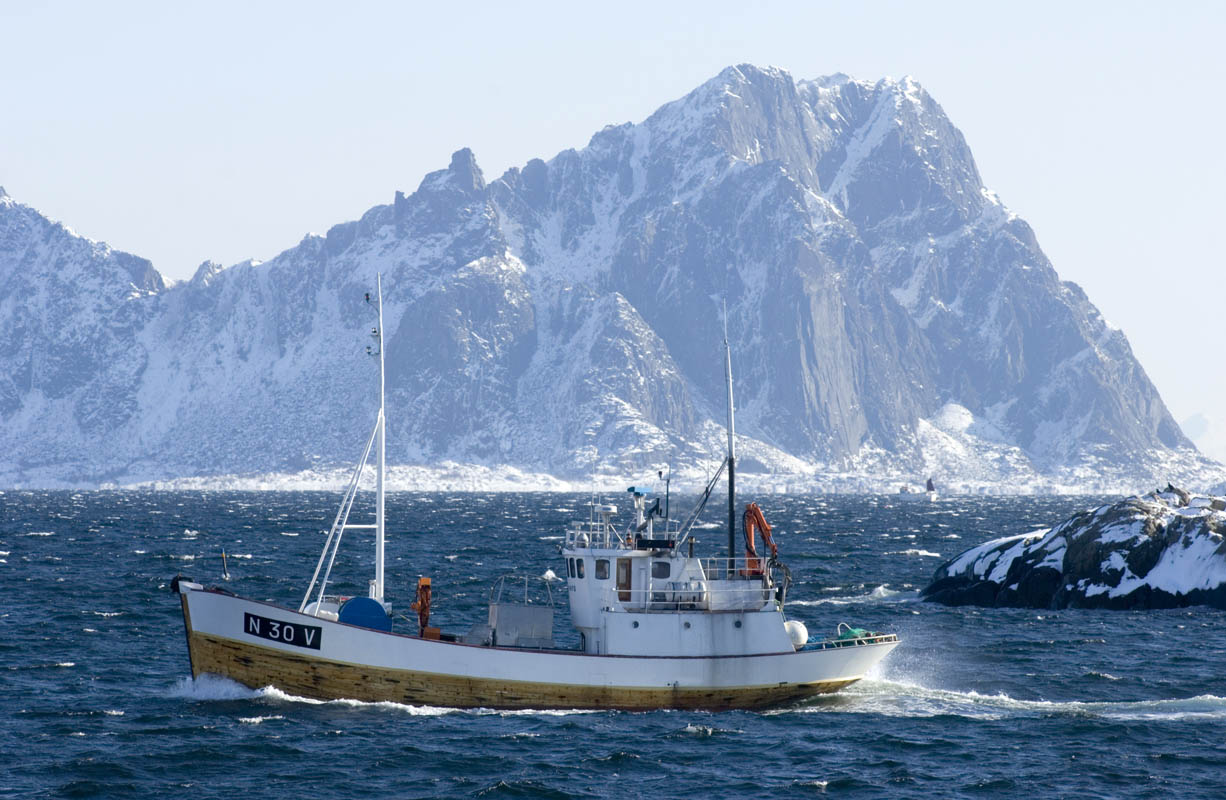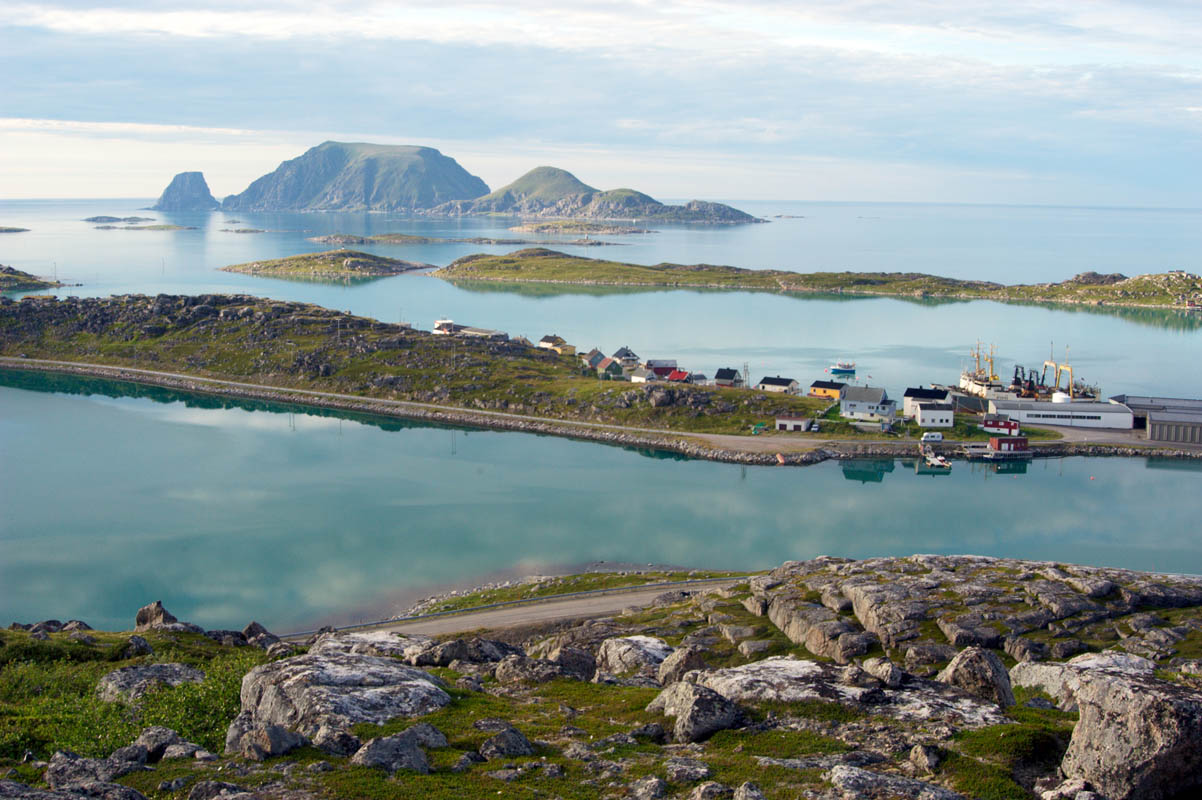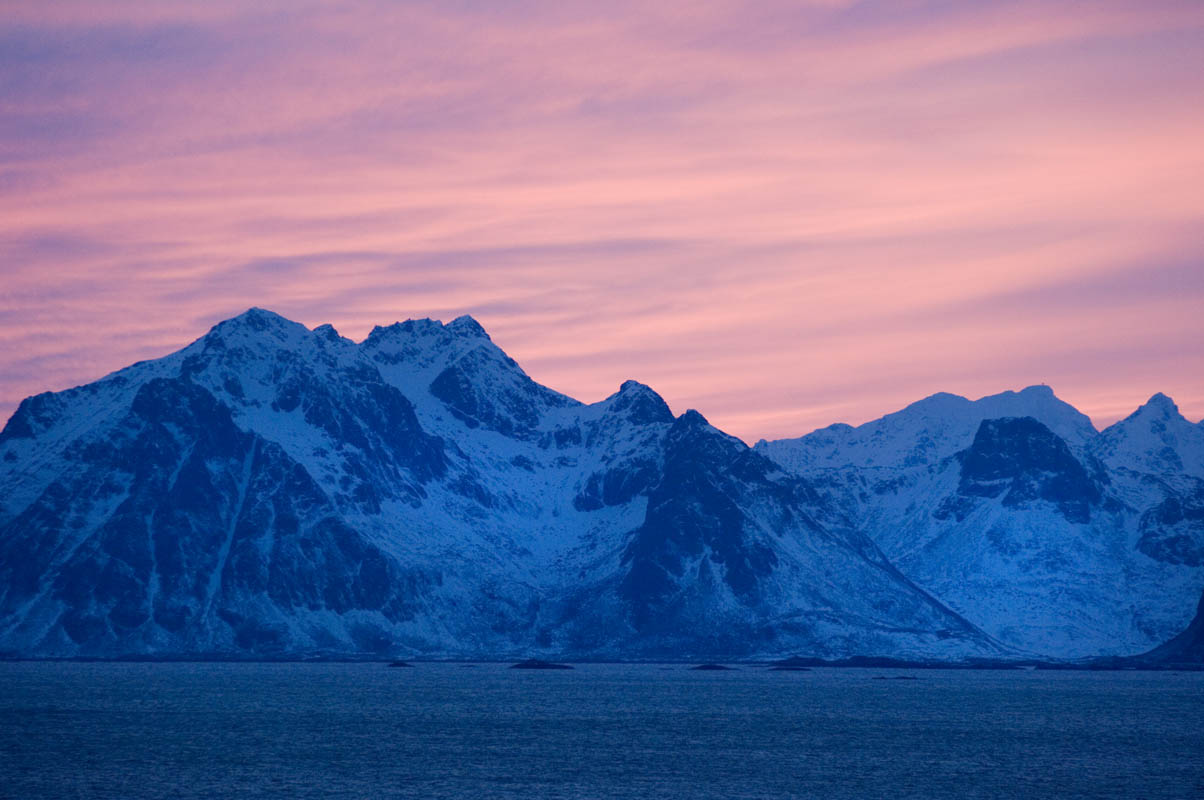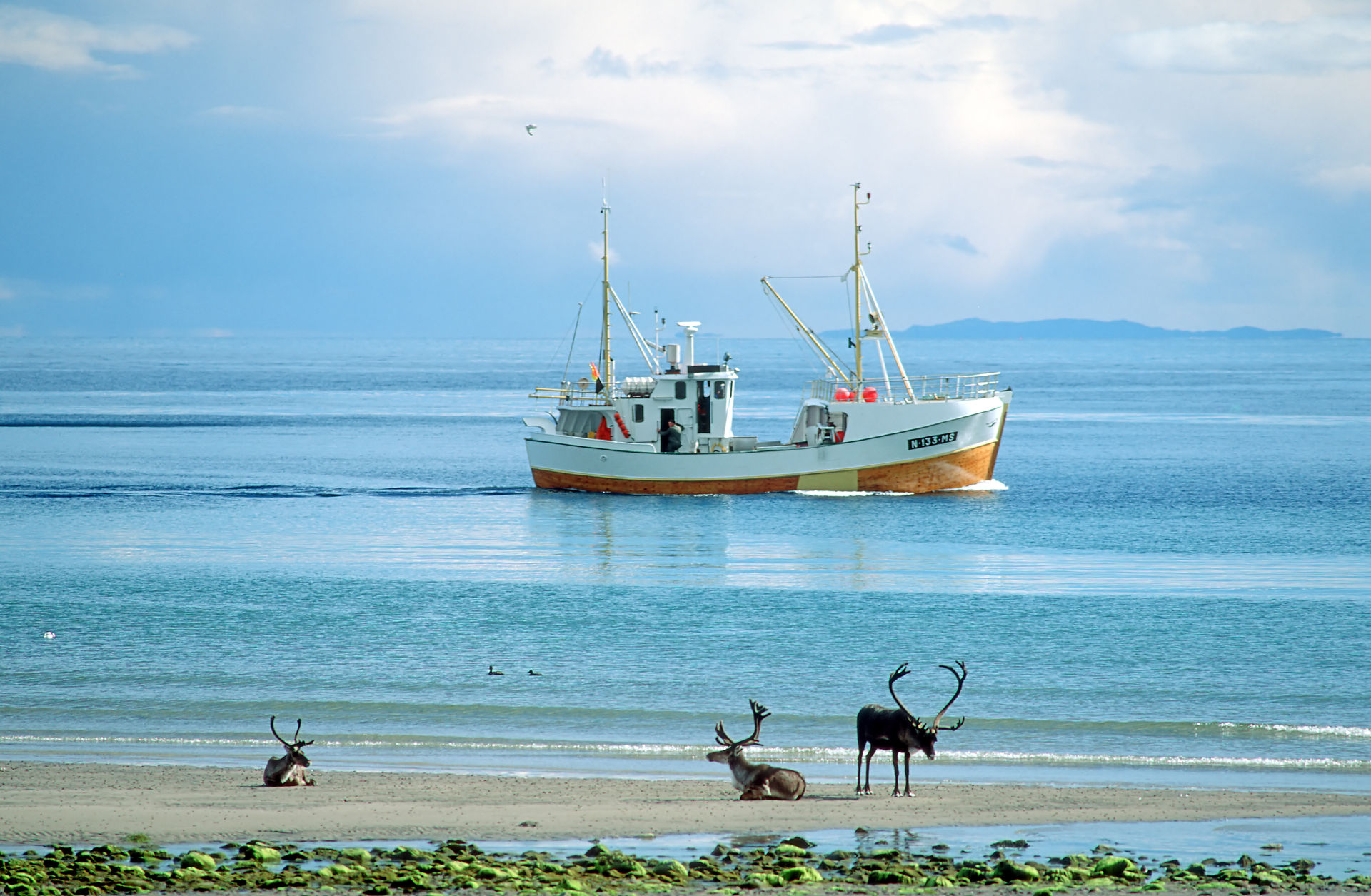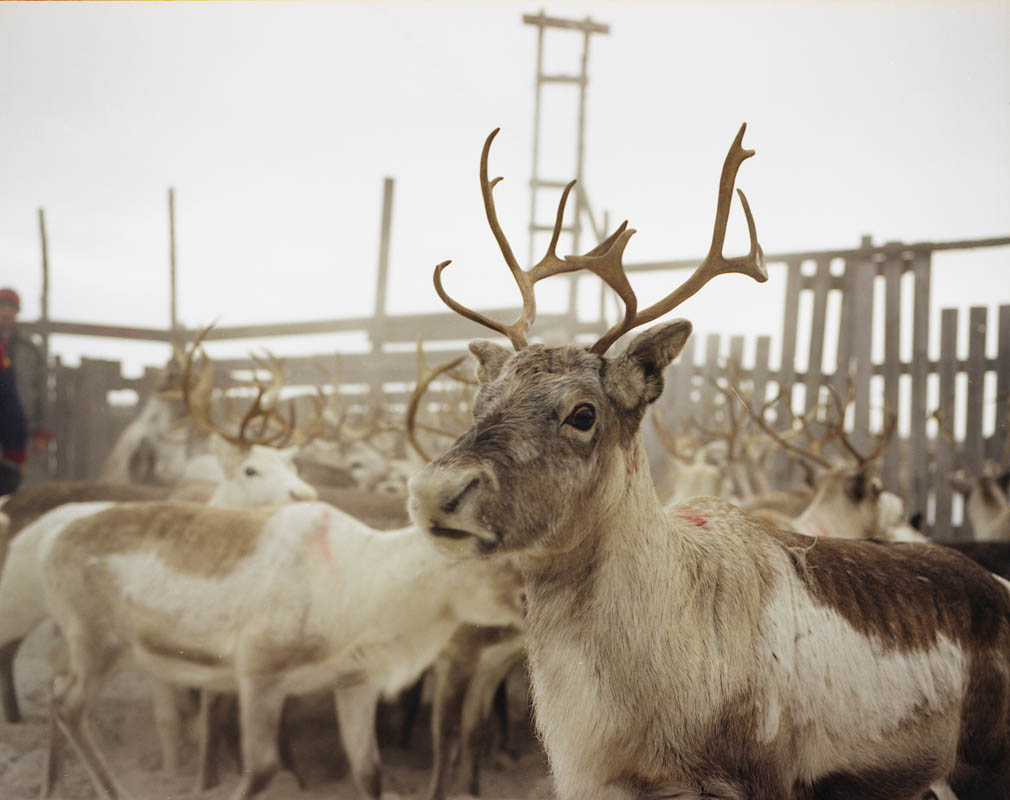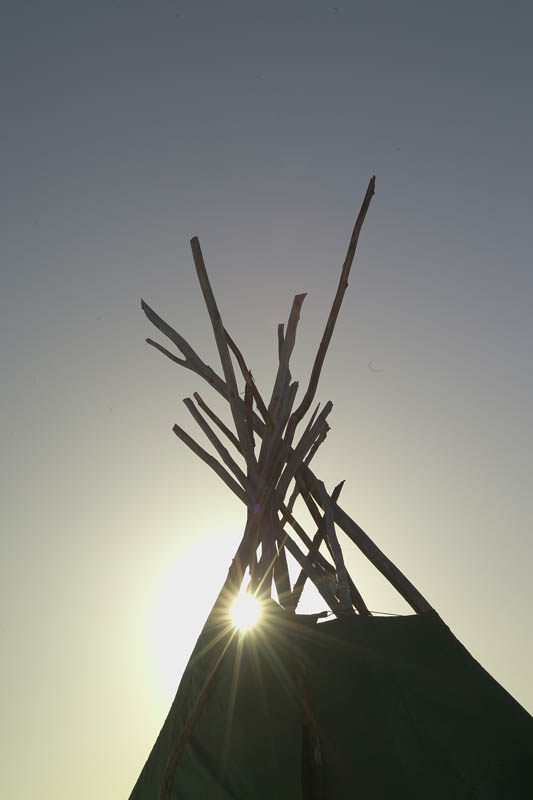Below is a glimpse of the dramatic story of when King Christian IV made Northern Norway Norwegian in the early 17th century.
We Norwegians are used to thinking that Norway has been Norway ever since all the small kingdoms were unified under the rule of Harald Fairhair. Yes, even that our borders have been fixed ever since then, save perhaps for the eastern regions we lost to the Swedish in the mid-1600s.
The fact is, however, that up here in the north, we didn’t get a fixed border with Sweden until 1750, and the Russian border wasn’t set until 1826. The path to establishing these borders was fraught with international warfare, clever trade agreements, skyrocketing taxes, espionage, bloody pirate raids and more.
The Swedes wanted a coastline
The Swedish king and the Russian tsar had been warring over the Arctic for 25 years when they finally made peace in 1595. As a result of the peace treaty, Sweden was forced to withdraw from large areas of land in the Kola Peninsula and draw their border further west.
But the Swedish king was no fool. He used this opportunity to stretch his new border all the way out to the Arctic Ocean and into an area Denmark-Norway had claimed a long time ago.
He also took care to draw this new border so that the Swedish-controlled Finland had unobstructed access to the Norwegian coast. And as if that wasn’t enough, he negotiated a new and clever solution with Russia.
The fishing village Vadsø would from now on be neutral territory and answer to two kings and one tsar. In one fell swoop, King Christian IV had not only lost valuable land in the bountiful north, but he was also saddled with a miniature state well inside his Dano-Norwegian realm. In other words, an unfettered spy’s nest had landed right in the middle of the Danish king’s pantry.
All these Swedish goings-on had taken place without Denmark-Norway being invited to a single negotiation, and that is a recipe for trouble.
Sweden threaten Denmark-Norway from severe sides
The Arctic was not the only place where Sweden was making itself at home during this period. All around the Baltic Sea and south toward Øresund, the Swedes were forging on with clever trade agreements and sharpened bayonets.
The idea of being surrounded on all sides by a hostile power likely made King Christian’s blood run cold. The Swedes were making a power-grab for his dual kingdom and they were coming closer by the day. War was inevitable!
The Kalmar War was the fight for the Arctic
The war over the Northern Cap started in 1611, and almost two years of bloodshed and death for soldiers and starvation and suffering for civilians followed until peace and agreement was negotiated at last. When it did, it happened at the request of King James, Christian’s brother-in-law on the Scottish throne.
The actual warfare, which took place near Kalmar in southeastern Sweden, was largely a draw, but Denmark-Norway drew the longest straw in the peace negotiations. The city and fortress of Kalmar were returned to the Swedish, but Sweden was ordered to pay compensation to Denmark-Norway at the staggering amount of one million rixdollars. In return, Swedish ships would be exempt from paying Sound tolls to the Danish king.
The biggest success for King Christian, however, was securing the Northern Cap. Sweden had to relinquish their claim to Finnmark and access to the Arctic Ocean. The enemy had been cut off and the Northern coastline had forever been assigned to Dano-Norwegian rule.
Kautokeino and Karasjok become Norwegian, and new border markers are erected
The inland border with Sweden, however, was never included in peace negotiations. That border was not established until 137 years later, when Karasjok and Kautokeino, among other places, are released from Swedish jurisdiction.
The final border treaty was signed in Strømstad in late 1751. It fixed the Swedish-Norwegian border from Kornsjø in the south to Nesseby in the north and established 374 border markers, both big and small.
Since then, new border markers have been erected every time the border has been inspected, and currently, there are around 800 markers along our eastern border, which is more than 2,537 km long. Many of these markers still have the old heartstones, with the number, erection year and the king’s name engraved.
Reindeer grazing in two different countries
This new inland border was not without its costs and personal tragedies. The inland region was the most important reindeer grazing district, and with the new border, the Sami people were divided across three nation states, Denmark-Norway, Russia and Sweden-Finland.
Despite certain land rights on both sides of the border and a dedicated Lapp Codicil, the Sami had a tough road ahead.
In 1826, the local unrest in the so-called joint district of Neiden, Pasvik and the Russian Pechenga grew so severe that something had to be done. Norway ceded its uncontested claims to the Kola Peninsula. In return, we got a large strip of land east of the Pasvik River, close to Grense Jakobselv and the border, which follows the Pasvik River.
At the mouth of the river, the border takes an unexpected curve. That’s because the Russians wanted to secure the orthodox Boris Gleb Chapel on the western bank of the river. As recently as 1944, the Finnish areas on the other side of the Pasvik River were redistributed and turned over to the Soviet Union. The Skolt Sami in the so-called “Finnish corridor” were relocated to Sevettijärvi, just south of the Neiden border crossing, whereas many of the Finns or Kvens were relocated to what is currently Sør-Varanger.
On both sides of the border, these peoples have continued to cultivate their culture, their language and many of their customs, even though it has been—and still is—challenging to live as a minority in both Russia and Norway.
A multicultural region now exists
Borders are fixed, but the Northern Cap continues to be a multicultural region, heavily influenced by its past. Various Sami peoples, as well as Kvens and Finnish, Russian and Norwegian people, live side by side with immigrants and visitors from all over the world.
Different cultures enrich each other, both in everyday life and during cross-border festivals to celebrate life in the Northern Cap. Just dive in, as we say up here.
Joy knows no borders, and the compass needle always points north!
